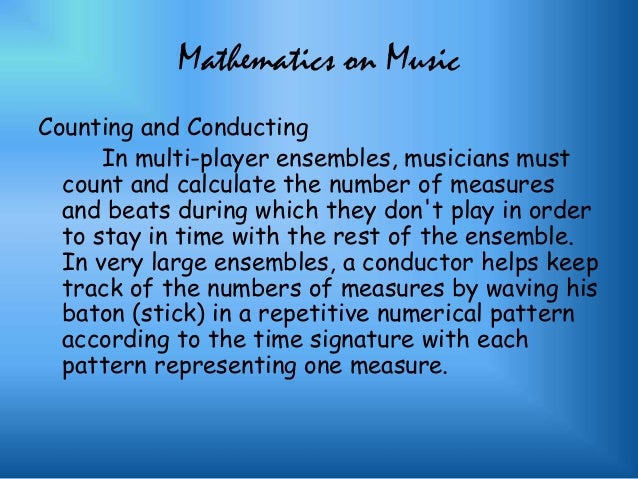

Better intrapersonal intelligence leads to introspection. Someone with a high degree of intelligence can be a good author, philosopher, or entrepreneur. People with better intrapersonal intelligence like to better understand and evaluate their own emotions, motivations, and relationship with others. This type of intelligence enables better public dealing, as these people can better evaluate other people’s emotions, moods, desires, and motivations. People with good interpersonal intelligence are proficient at coaching, customer service, mental health counseling, sales, etc. According to Gardner’s model, such people have high bodily-kinesthetic intelligence. Bodily-Kinestheticįarmers, mechanics, carpenters, dancers, and athletes possess good hand-eye coordination and agility. A high degree of logical-mathematical intelligence makes it possible for some people to be good at logical and mathematical skills, ranging from scientists to mathematicians and accountants. Some people can solve complex math problems in minutes or even seconds, whereas others find it hard to grasp them even after spending a long time pondering how they work. This type of intelligence enables people to master the use of words, both verbally and in written form. When we look at teachers, writers, public speakers, newscasters, and actors, we usually see people with a high degree of verbal-linguistic intelligence. A few examples of suitable professions for such people might include working as an architect, photographer, interior designer, etc. People who possess better visual-spatial intelligence can visualize objects better, such as images, illustrations, maps, charts, videos, and the like. Therefore, a person with higher musical-rhythmic intelligence can be a good musician, conductor, composer, singer, etc. Musical-RhythmicĪccording to Gardner, people who possess a high degree of musical intelligence have good thinking in rhythms, sounds, or patterns.

Source: 8 Step Circular Twirl Diagram PowerPoint Template by 1. Related: Before you go through the 8 types of intelligence defined by Gardner, you might also find it helpful to see this article about Nine Personality Types of the Enneagram Model. Let us take a look at each of these types in detail. The eight types of human intelligence, according to Gardner, shape a person’s problem-solving capabilities. 8 Types of Intelligences Defined by Gardner He has also emphasized the need to reform the way educational curriculums are created to help students focus on their true capabilities rather than going through a curriculum that is a mile wide and an inch deep. He suggested that his theory meant to ’empower learners’ and not limit them to a single learning modality. Gardner’s theory differentiated intelligence in modalities and was proposed in his book published in 1983 ‘Frames of Mind: The Theory of Multiple Intelligences’. In 2009, he also suggested two additional types of intelligence, namely, existential and moral. The eight types of intelligence described by Gardner include: musical-rhythmic, visual-spatial, verbal-linguistic, logical-mathematical, bodily-kinesthetic, interpersonal, intrapersonal and naturalistic. The theory claims that human beings have different ways in which they process data, each being independent. He deemed intelligence as the biopsychological potential for processing information. Gardner’s Theory of Multiple Intelligences divides human intelligence into eight different types instead of looking at a single ability. “Capacity for learning, reasoning, understanding, and similar forms of mental activity aptitude in grasping truths, relationships, facts, meanings, etc” – What is Gardner’s Theory of Multiple Intelligences? “The ability to learn, understand, and make judgments or have opinions that are based on reason” – Cambridge Dictionary Definition of Intelligenceīefore we examine Gardner’s Theory of Multiple Intelligences, let’s take a look at a few standard dictionary definitions of ‘intelligence’: In essence, Gardner’s Theory of Multiple Intelligences can help us better understand intelligence and improve our problem-solving capability. From taking that first step to riding a bike and eventually driving a car or creating a PowerPoint presentation, there is an essential factor that comes into play: intelligence! We discussed the relationship between problem-solving and the roadblocks that affect us in a previous post about problem-solving strategies this time, we will discuss the eight types of intelligence defined in a famous theory by Howard Gardner. We learn problem-solving skills using puzzles, building blocks, board games, and outdoor games from an early age.


 0 kommentar(er)
0 kommentar(er)
